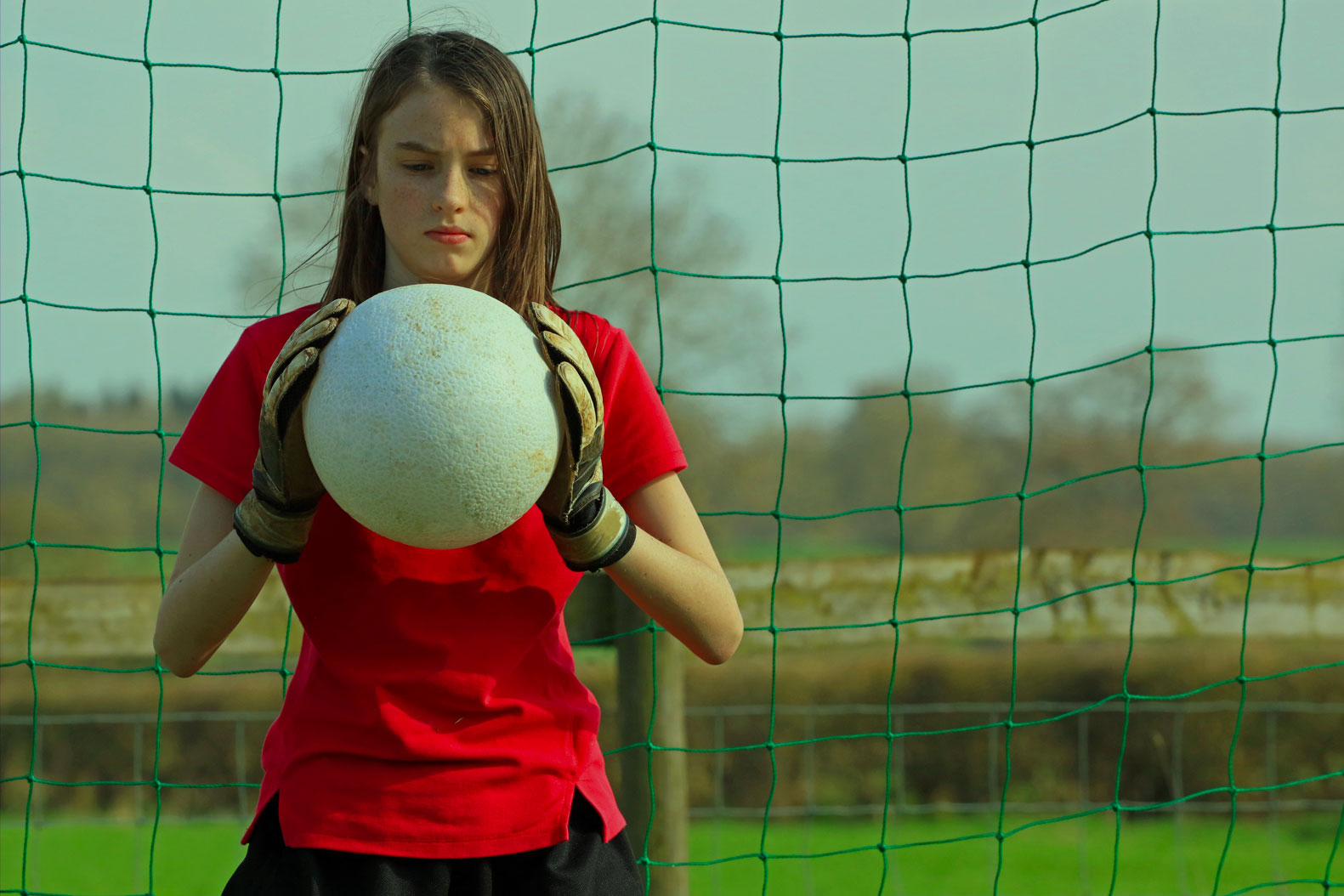
Breathing for better reflexes: techniques for goalkeepers
Antoine Roex, Keeper In Motion – 17 April 2025
Breathing is much more than a simple automatic act: for goalkeepers, it becomes a true performance tool. By adopting targeted breathing techniques, it’s possible to sharpen reflexes, better manage pressure and optimise focus during matches. This article dives into the often-overlooked world of breathing as it applies to goalkeeping, with practical methods to integrate into daily training and improve overall on-pitch performance.
The importance of breathing for goalkeepers
The role of a goalkeeper demands constant vigilance, extreme focus and the ability to react in a fraction of a second. Yet, one key lever often overlooked in the pursuit of performance is breathing. It directly influences the autonomic nervous system, which regulates heart rate and alertness, among other things. Slow, controlled breathing can lower heart rate, enhance clarity and stabilise attention. In high-pressure moments during a match, this inner calm allows goalkeepers to stay composed and anticipate the opponent’s actions more effectively. Learning to breathe with intention thus becomes a strategic tool in service of performance.
Breathing techniques to enhance reflexes
Breathing training is not about passive relaxation but rather an active approach to improving reflex performance. Diaphragmatic breathing, which engages the belly rather than the chest, enhances oxygen delivery to the brain and muscles, encouraging quicker and sharper reactions. More dynamic techniques, such as the ‘breath of fire’ borrowed from Kundalini yoga, stimulate the nervous system and improve execution speed. Alternating between fast and slow breathing can also boost mental agility. When practised regularly, these methods help goalkeepers maintain high alertness and improve their ability to react to shots or sudden changes in direction.
Breathing as a stress-management tool during matches
Stress management is a core part of the mental demands placed on goalkeepers, who often face high-pressure moments alone. In such situations, breathing becomes a valuable tool to regulate emotions and sustain peak performance. By activating the vagus nerve through deep, slow breaths, the body engages the parasympathetic response – one of calm and control. Exercises like cardiac coherence or box breathing (inhaling for 4 seconds, holding for 4, exhaling for 4, pausing for 4) help to quickly reduce spikes in stress. When integrated into mental routines, these practices give goalkeepers stronger control over intense moments and help anchor them in the present.
Integrating breathing exercises into daily training
For breathing to become a real performance asset, it must be regularly included in training, just like technical drills. Starting a session with a few minutes of conscious breathing creates an ideal focus state. During intense phases, micro breathing pauses can help re-centre attention and avoid mental drift. At the end of training, cool-down exercises using long exhalations promote faster recovery. Breathing can also accompany mental visualisation – a powerful tool to prepare for match scenarios. Over time, this breathing-based approach builds greater body awareness and a more stable mindset for goalkeepers.
Conclusion
Long overlooked, breathing proves to be a key component of goalkeeper performance. When properly mastered, it enhances reflexes, supports better concentration and helps maintain composure in crucial moments. By integrating it in a structured way into both physical training and mental preparation, goalkeepers equip themselves with an extra lever to make a difference – match after match. This internal work, invisible to the naked eye, becomes a true engine of efficiency on the pitch.
References :
- Breathing: The Secret Sauce for Optimal Sports Performance
- Breathing Techniques for Athletes (Increase Performance & Recovery)
- The keys to stress management for goalkeepers
- Sports Performance and Breathing Rate: What Is the Connection? A Narrative Review
- Science of Breath Work: Breathing for Athletes
